#peanut headed lanternfly
Explore tagged Tumblr posts
Text

The Great Lanthorn-Fly or Fire-Fly, Fulgora lanternaria [Pl. 37] | The Naturalist's Miscellany v.1 | Biodiversity Heritage Library | Flickr
#george shaw#frederick polydore nodder#illustration#vintage illustration#scientific illustration#art#artists on tumblr#fulgora laternaria#fulgoridae#peanut headed lanternfly#lanternfly
15 notes
·
View notes
Text

Inktober day 30: Peanut-headed lanternfly
10 notes
·
View notes
Text

Peanut-headed lanternfly (Fulgora laternaria). The Natural History of Insects; In Two Volumes. Vol. II. 1835.
Internet Archive
131 notes
·
View notes
Note
An animal that looks like an everyday object. ( Or can make themselves look like one. )
HIMB HEAD LOOK LIKE A PENUT!

Peanut Bug aka Peanut Lanternfly (Fulgora laternaria), family Fulgoridae, Ecuador
In Ecuador, where Paxon and I both worked and met each other, this insect is called Machaca. It is believed, or so people say, that if a man is bitten by one, he will die within 24 hours, if he does not have sex with a virgin. They are incapable of biting people… 😑
Photograph by Pavel Krillov
264 notes
·
View notes
Text



[https://www.inaturalist.org/observations/38871209] Peanut-headed Lanternfly || Fulgora laternaria Observed in Ecuador No Conservation Status
#planthopper#bugs#insects#nature#wildlife#photography#air beast#who cooks for queue? who cooks for queue all?
27 notes
·
View notes
Text


If you live in the northeast United States, then you’ve probably seen or at least heard of these guys. The Spotted Lanternfly. Or Lycorma delicatula.
They’ve been rapidly expanding and growing in population and while their presence is too new to know the exact impact they have on our native flora, they seem to pose a major threat to the apple and grape industries. They also excrete a honeydew that leads to mold growth on the plants they feed on.
So the states have put out this message to the public: “If you see it, smush it.”
And while I understand the need to be ruthless in invasive species response, I hope that people aren’t associating all lanternflies with this “bad bug” label.
So right now I’d like to showcase some cool/interesting species of lanternflies (the family name is Fulgoridae) in their native habitats :)

Peanut-Headed Lanternfly (Fulgora laternaria)

No Common Name (Phrictus diadema)
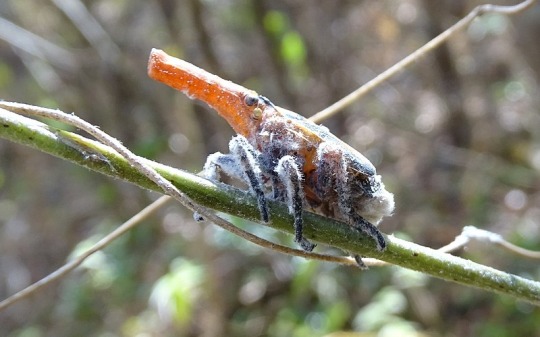
Malagasy Lantern Bug (Zanna madagascariensis)

No Common Name (Pyrops delessertii)
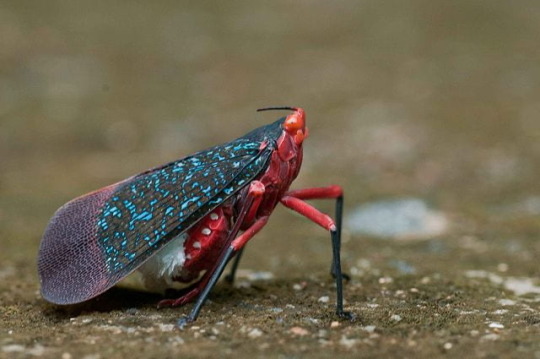
No Common Name (Kalidaysa lanata)

No Common Name (Pyrops intricatus)
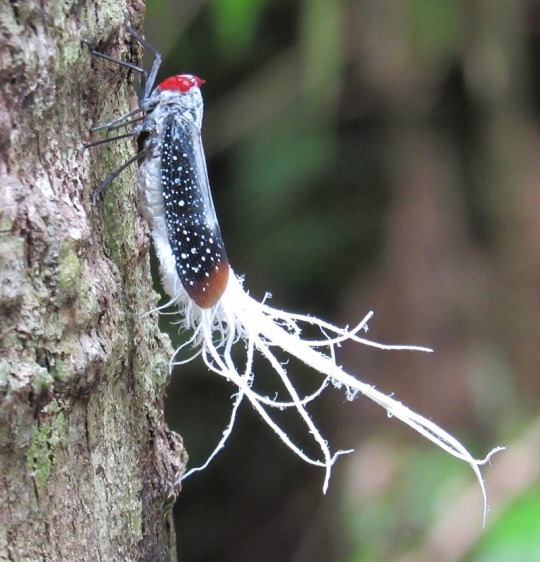
Wax-Tailed Planthopper (Lystra lanata)
Fulgoridae has over 500 species making it a fairly large hemipteran family, please go on a Wikipedia dive to look at all of them. Happy bugging :))
#insects#entomology#bugs#lanternflies#spotted lanternfly#bugblr#planthopper#ecology#invasive species#hemiptera#pretty pretty bugs#i love them all
185 notes
·
View notes
Text

Invertober Day 1 + 2: peanut-headed lanternfly and malachite butterfly
#art#illustration#animals#bugs#insects#nature#hemiptera#lantern flies#peanut headed lantern fly#lepidoptera#butterflies#malachite butterfly#artists on tumblr#invertober#invertober2024
52 notes
·
View notes
Note
Lanternfly (Peanut Head Bug) and Centipede Miraculouses for Bugettes AU?
I'm sorry, the bugs are already decided and there are exclusively 7 of them.
Looking up lanturnfly, that could exist as a combo between Butterfly with Firefly.
Centipedes are usually dangerous and antagonistic symbols in media, which points to more Calamitous, but the core idea is bugs vs arachnids, so it'd be the odd one out.
...one possibility could be it used to be, representing Pink, but the Centipede's true nature came out and it grayed out into a Calamitous.
13 notes
·
View notes
Text
Honourary non-moth post: the peanut-head lanternfly
Sometimes mistakenly called the peanut-head moth, these little fellas are part of the order Hemiptera (true bugs) family Fulgoridae (fulgorid planthoppers).
"But why," you may ask, "are they called peanut-heads?" Let me show you.
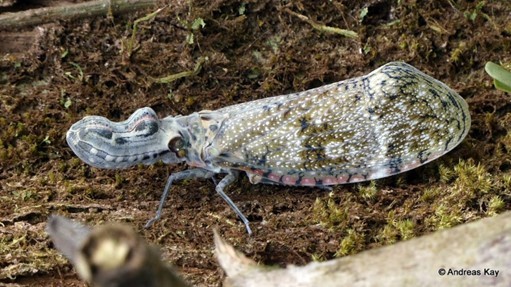
Goofy fella #1
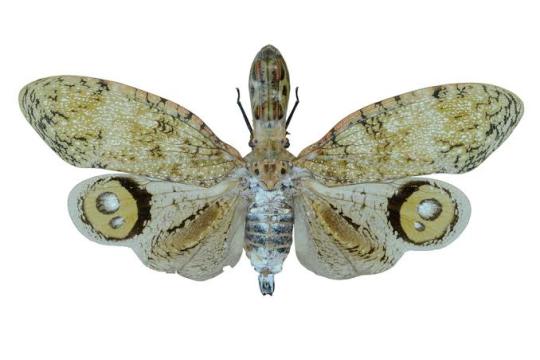
Goofy fella #2
These ridiculous false heads are shared by both males and females, so it's not a result of sexual selection. It's theorized that it's to avoid them getting their actual heads bitten off, which if you look at a closeup, is behind the false one:
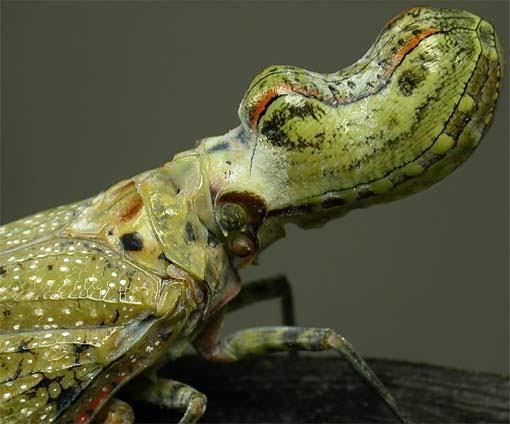
Oh and btw. Even though they're called lanternflies they don't actually glow in the dark. And Costa Ricans believe they're poisonous and if you get bitten by them you have to have sex at least within the next 24 hours, and by some accounts, immediately.
They are distributed across tropical Mexico, Central and South America. And yeah they're just really strange and cool.
23 notes
·
View notes
Text
Guys I have a cursed idea for an insect as a potential plague doctor:
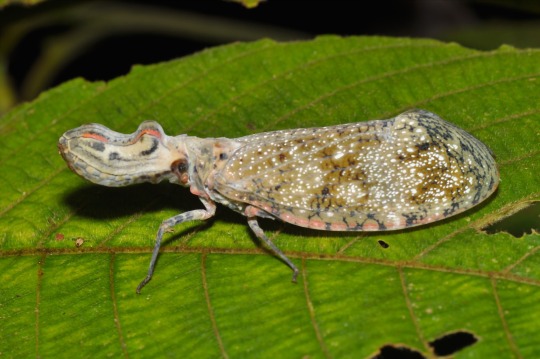

Peanut headed lanternfly
Maybe he is perpetually assaulted by pollen in the environment..👃🏻
#why the long face#why does it also look like it could be a pope#silly hemiptera#plague doctor#plaguecore
35 notes
·
View notes
Text

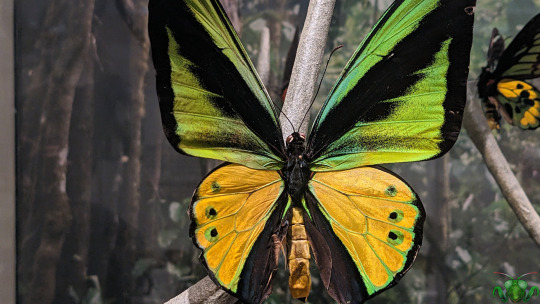
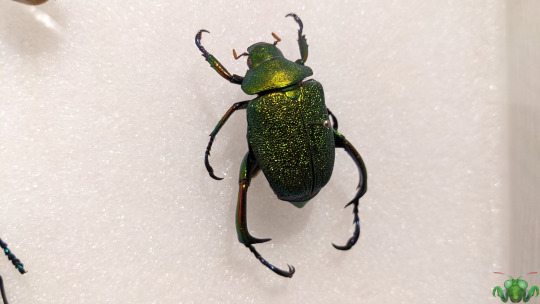


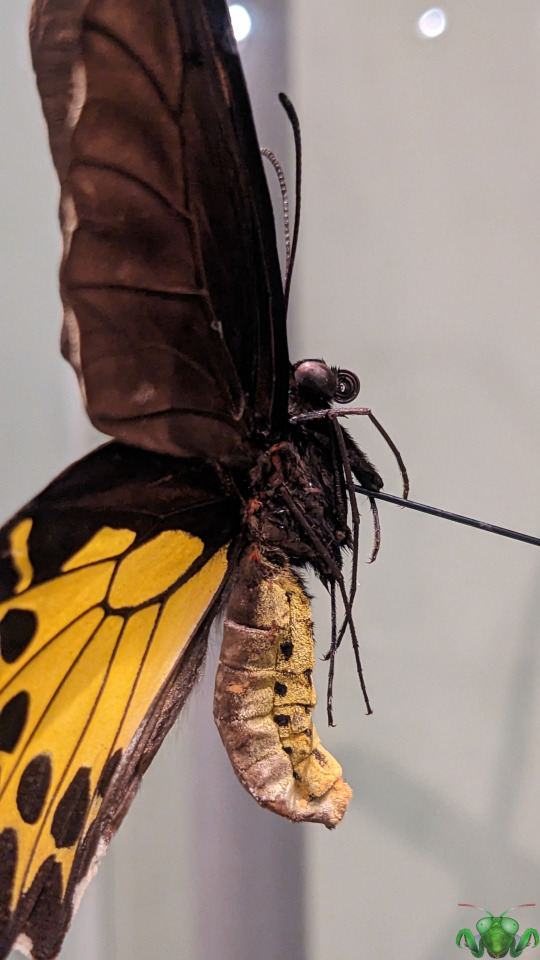
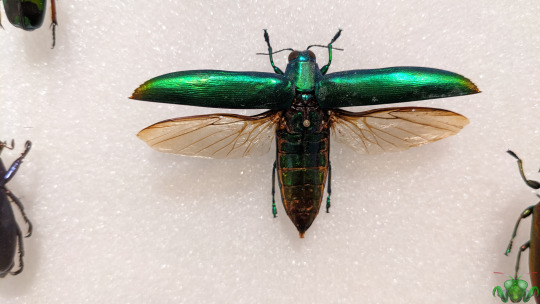



Royal Ontario Museum - Insect Exhibits 2
Good news, I managed to squeeze in one more insect visit to the Royal Ontario Museum before the end of the year! As such the living denizens of the natural history section will be showcased one more time before 2024 is upon us. Before that, I'd like to take a moment to share new pictures from the insect displays within the natural history section. Compared to the pictures from 2019, these are a quantum leap forward in terms of clarity and use of lighting. The Peanut Bug - Fulgora laternaria (Picture 1) has always been a favorite of mine, so I always take the opportunity to go and visit it and marvel at the ridiculousness of the size of that head protuberance. Though a bit oversized, such a head fixature has an important function: knocking it against a tree is its mating call. If the attention they draw is unwelcome, they can startle their voyeurs with the eyeball spots on its wings. These markings are more prominent in live specimens; this pinned specimen's colors have faded away over time. You can even compare the images from 2019 and you'll see a difference in color saturation. Otherwise, when this Hemipteran is at rest, it looks similar to a helmeted Cicada with more opaque wings. In terms of relations however, the Peanut Bug is more closely related to the Spotted Lanternfly of Asia, as they are both part of the family Fulgoridae.
I'm also particularly fond of the texture of the Shining Leaf Beetle's (Picture 3 - Chrysophora chrysochlora) ornate emerald shell, and the tropical colors of the Weevils on display. Especially the blue Eupholus specimens (Picture 9 - right side specimens). Finally, I also noticed a new section (to me) in the animal gallery featuring Butterflies of the tropics and I'm still amazed at how large they are. Many of these iridescent, vibrantly-colored specimens have wingspan sizes that can be as large as a hand! They are more appropriately known as Birdwing Butterflies and they are all giants compared to the Butterflies that grow in the temperate climate of Toronto! The specimens focused on here are the Green Goliath Birdwing (Ornithoptera goliath - Pictures 2, 5 and 6), the black-and-white female Priam's birdwing (Ornithoptera priamus - Picture 8), the male Palawan Birdwing (Trogonoptera trojana - Picture 10 top), Wallace's Golden Birdwing (Ornithoptera croesus - Picture 10 middle) and the female Paradise Birdwing (Ornithoptera paradisea - Picture 10 bottom), but there are many more in the background. To glimpse these in person is wonderful, but seeing them flying around in their tropical environments would be a magical experience!
Pictures were taken on December 19, 2023 with a Google Pixel 4. Please come and see the bugs if you can, both the living insect specimens and the many displays. You may go to this link and view a post from earlier: ROM - Insect Exhibits 1.
Since these insect collections belong to the ROM, I’ve marked them with the Mantis icon. As well, Happy first day of Winter (tomorrow)!

#jonny’s insect catalogue#insect#royal ontario museum#insect showcase#ROM insect#insect display#insect exhibit#pinned insects#lepidoptera#coleoptera#hemiptera#butterfly#birdwing butterfly#beetle#weevil#snout beetle#heteroptera#true bug#peanut bug#lanternfly#lantern fly#scarab beetle#first day of winter#toronto#december2023#2023#entomology#nature#invertebrates#arthropods
12 notes
·
View notes
Text

Peanut-headed lanternfly for Day 1 of Invertober!
Reference used
[Image description: A digital drawing of a peanut-headed lanternfly, a type of insect, shown from above with its wings spread. Its head is large and indeed peanut-like in shape, with two eyespots on the sides. Its top wings are narrow in shape and light brown with darker brown markings. Its bottom wings are more rounded with wavy edges; they are a very pale brown with two large yellow eyespots near their tips and smudge-like markings the colour of the top wings closer to the body. Both markings are edged with dark brown. The common name is written above, and the taxonomic classification sans kingdom (Arthropoda - Insecta - Hemiptera - Fulgoridae - Fulgora laternaria) written below. End ID.]
5 notes
·
View notes
Text

when i was a kid i realized when people said "say a random animal" theyd always say "giraffe" or "lion" or "dog" so I decided my go to animal was the peanut-headed lanternfly to really throw them off their rhythm and now ive infected my household with this weird little bug
first time ive actually drawn one
2 notes
·
View notes
Photo

Alligator bug or Fulgora Graciliceps
The fulgorid genus Fulgora contains several large Central and South American planthoppers known by a large variety of common names including lantern fly, peanut bug, peanut-headed lanternfly, alligator bug, machaca, and jequitiranaboia.
Available now on Society6 or Redbubble
#butterfly#cottagecore#entomology#butterflies#redbubble#society6#vintage#vintagrafica#insect#goblincore#insects#Scientific#educational
5 notes
·
View notes
Note
What's a bug you really like?
realized i've had this ask for a while-
umm idrk though, i'm not that into bugs.. i do think the peanut-headed lanternfly looks really cool though!

1 note
·
View note
Note
I may or may not have gotten lanternflies and those silly peanut headed guys mixed up and was thinking about those when hearing about the whole lantern fly situation
Peanut-headed lanternflies are in the same family as spotted lanternflies (Fulgoridae), they're just a different species. And of course they are not found in the US at all.
For those who are unfamiliar:

Photo by alan_rockefeller
146 notes
·
View notes